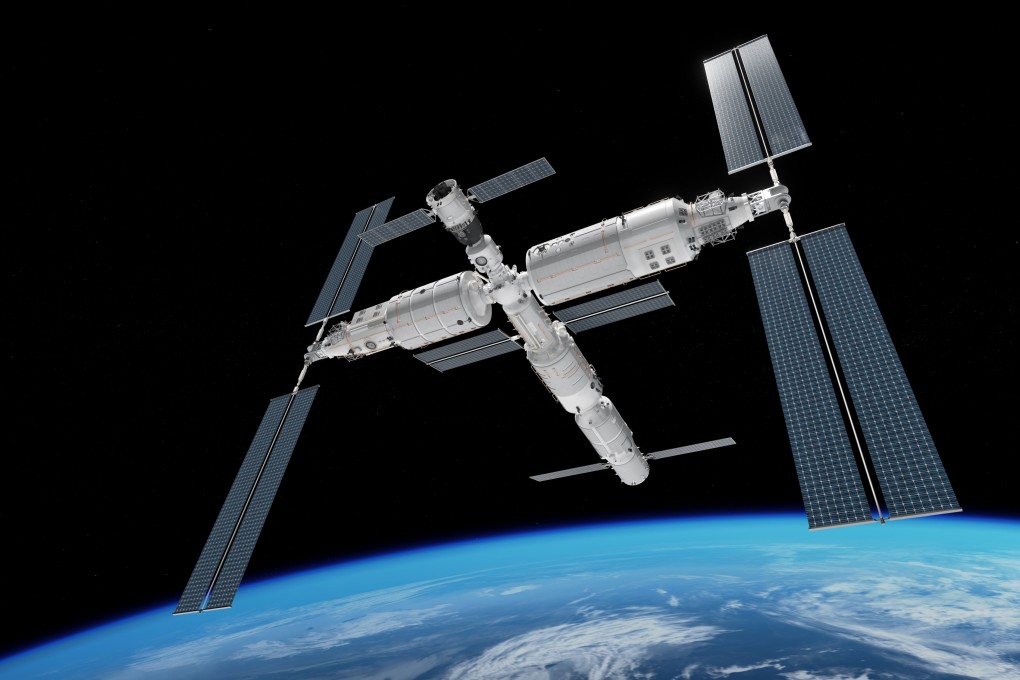SpaceX Starlink satellites twice came too close, China tells UN chief
- All parties to Outer Space Treaty must remember pledge to act responsibly, China tells UN secretary general in diplomatic note
- SpaceX says its Starlink satellites are equipped with autonomous orbit-changing features to avoid collisions

Both times there were crew members on board, “which could constitute a danger to the life or health of astronauts”, the Chinese delegation said in a diplomatic note presented to the United Nations secretary general earlier this month.
The CSS “Tiangong” has stayed in a near-circular orbit at an altitude of around 390km on an orbital inclination of about 41.5 degrees since it was launched on April 29.
From May 16 to June 24, the Starlink-1095 satellite maintained a steady descent from its original 555km-altitude orbit to around 382km, and then stayed there, posing the risk of potential collision. The CSS was forced to conduct an evasive manoeuvre on July 1 when the two spacecraft had a close encounter, said the note posted on the website of the UN Office for Outer Space Affairs.
The other satellite, the Starlink-2305, similarly continuously changed its orbit in October with an “unknown” manoeuvre strategy and unassessable orbital errors, again forcing the CSS to implement collision-avoidance control, it said.